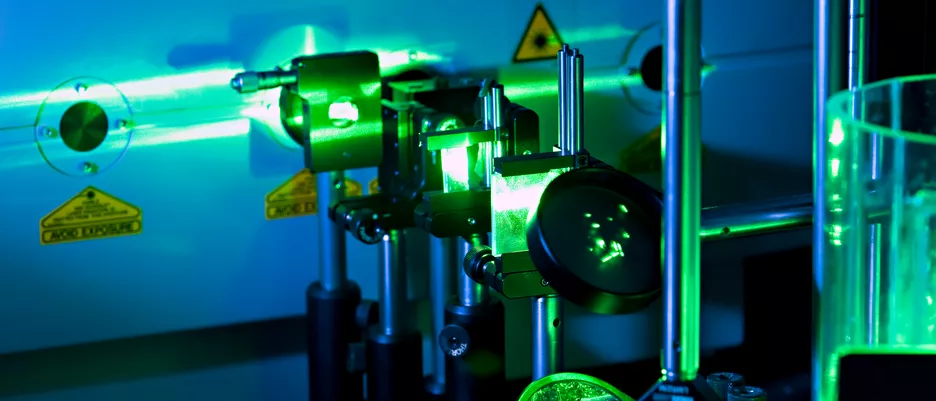This content is only available in English

PICTUM - Preclinical Imaging Core
Equipment Available for Use
The imaging core facility is located in the radiation control area of the TranslaTUM animal facility. The core facility currently consists of a Mediso PET/MRI (Positron Emission Tomography / Magnetic Resonance Imaging), Mediso SPECT/CT (Single Photon Emission Computed Tomography), and iThera MSOT (Multispectral Optoacoustic Tomography). The facility also contains equipment to aid in nuclear medicine research, such as a Perkin Elmer gamma counter and two dose calibrators. For radiation protection, there are lead bricks, leaded glass shields, laminar flow hood, and dose rate monitors.
The PET/MRI and SPECT/CT from Mediso offer a combination of functional imaging (PET and SPECT) and anatomical imaging (MRI and CT). Mediso offers standard animal beds compatible with all imaging systems, so any combination of PET/SPECT/CT/MRI is possible with accurate registration. With PET and SPECT, targeted agents can be injected for specific uptake to the target tissue, such as tumor. CT and MRI produce high resolution (<0.1 mm) images that can be used for precise anatomical correlation in combination with the nuclear imaging modalities, or it can be used alone for identification and localization of lesions.
The MRI system has a variety of available sequences. Anatomical images can be performed using standard T1- and T2-weighted sequences in both 2D and 3D mode. In addition, functional information can be acquired using diffusion weighted sequences and spectroscopy. Injection with a contrast agent can provide additional functional information via perfusion as well as signal enhancement of anatomical imaging sequences. Echo-planar imaging is available to compress a sequence that would normally take one hour to acquire down to only three minutes.
The MSOT system is a relatively new imaging modality that is used mostly in preclinical imaging. It has the unique ability to differentiate between endogenous chromophores and exogenous probes with a wide variety of applications. The MSOT can be used for tumor characterization, functional brain imaging, organ function assessment, and nanoparticle tracking.
Services Offered by the Facility
The imaging core facility is an essential component to animal research in Translatum. Since the core facility is located within the animal facility, animals can be picked up from the holding rooms, scanned on the equipment, and returned while maintaining the high hygiene levels of the animal facility. Due to its proximity to the areas where animal research is conducted, imaging can be performed conveniently as part of the overall research project. The facility leaders interact closely with the Translatum research groups allowing for successful implementation of the Translatum's goal for collaboration between research groups of different disciplines.
The imaging core facility provides a full service to customers. Before imaging, a consultation is provided to give advice on how to carry out the study, including the best imaging modality for the specific applications. Assistance is also provided for inclusion of imaging in the animal ethics protocols. For those who would like to perform their own imaging, hands-on training is provided to ensure that the user can perform the study without assistance. The imaging core facility personnel will create the imaging protocols and assist with the initial acquisitions. It is also possible for the entire imaging study to be carried out by our skilled technicians, who can ensure the most consistent and high-quality images. Lastly, the imaging core facility provides assistance for imaging analysis and post-processing.
After scanning, the images are automatically uploaded to our data management software, Flywheel (flywheel.io), which can be accessed remotely via the cloud. All data can be viewed and downloaded from anywhere with an internet connection. Flywheel organizes the data according to group leaders, project, session, and acquisition. In addition, data can be searched for a common result, such as all imaging sessions for a specific mouse. Image processing can be completed with an integrated processing tool, known as a gear. A gear could be a piece of Matlab code that can be manually or automatically performed on data within the Flywheel platform. Thus, researchers can receive and process data conveniently from their office workstation or at home.